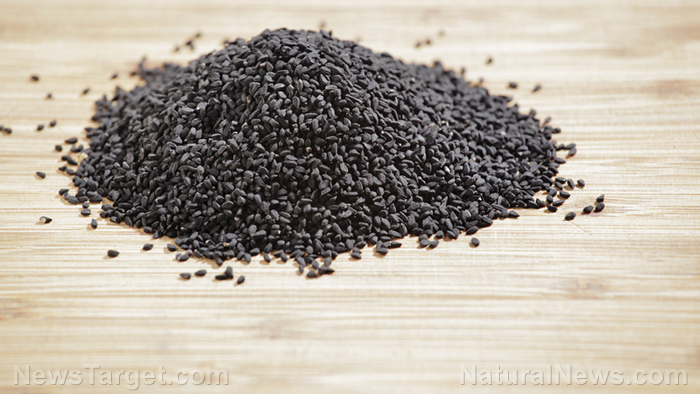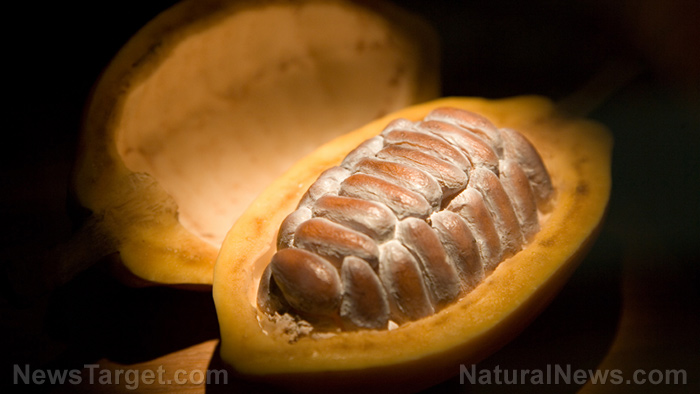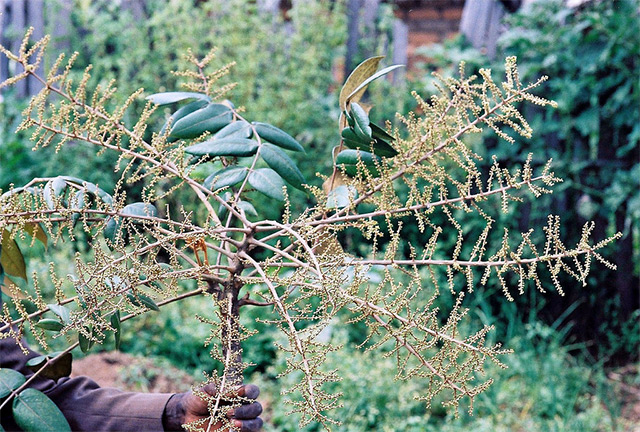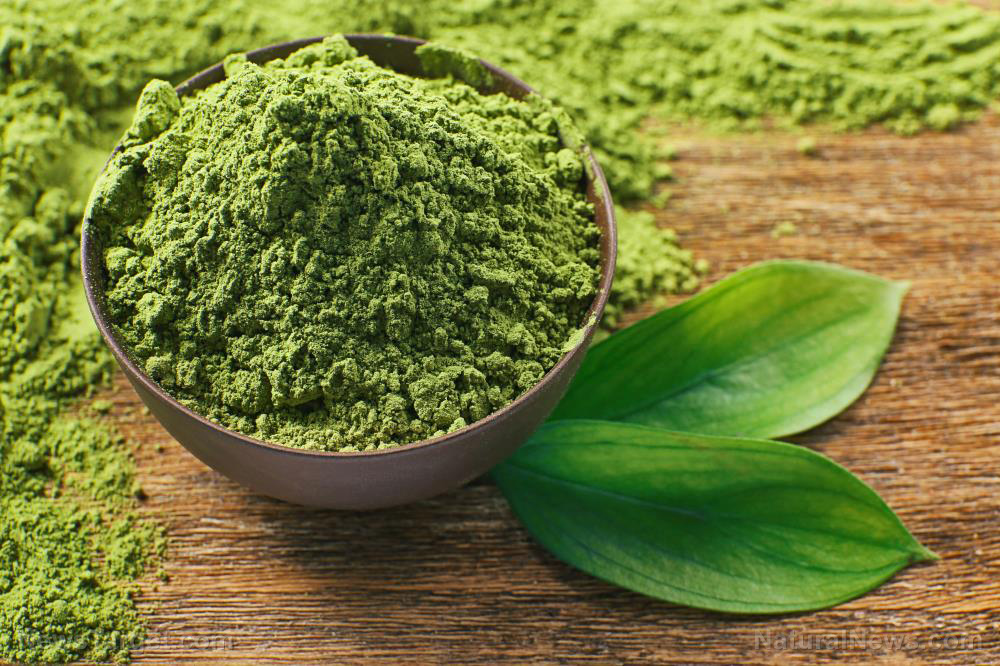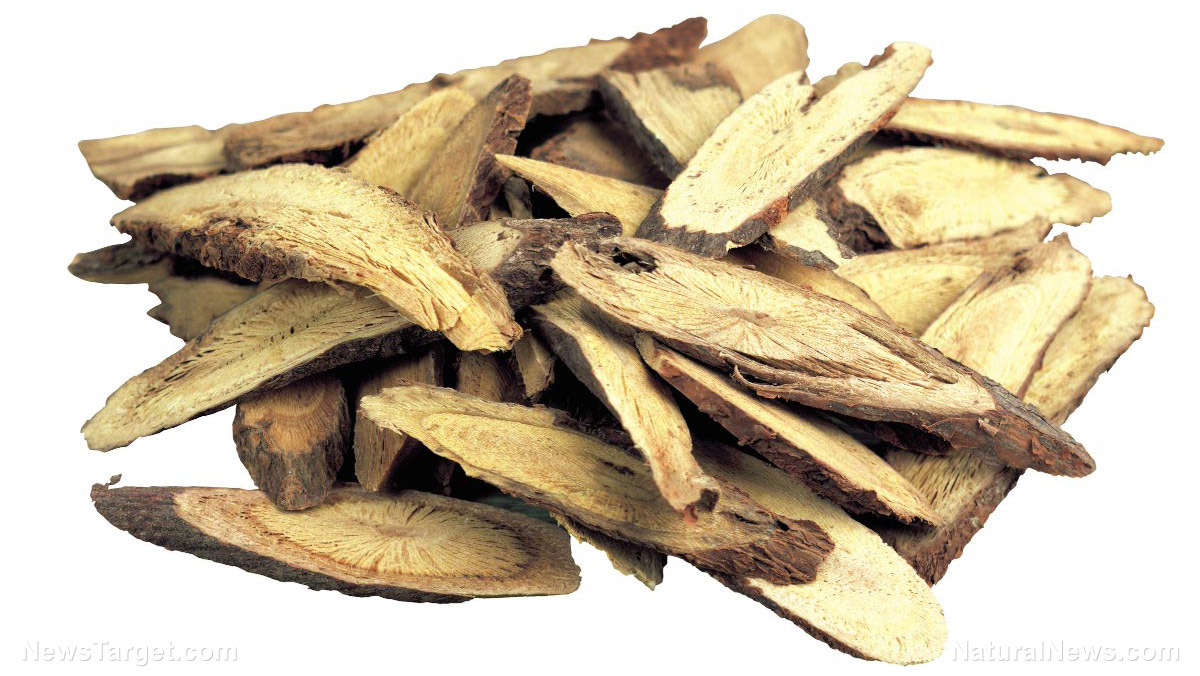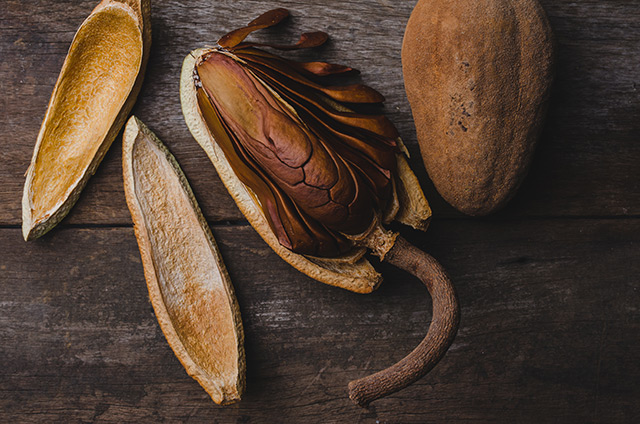The Japanese rush can be used to prevent and treat the enlargement of the prostate
11/05/2018 / By Ralph Flores

Talk about medicinal plants, and the first thing that people imagine is a shrub in the middle of nowhere. However, a study in BMC Complementary and Alternative Medicine found that the Japanese rush, a common plant seen in gardens around the world, could be used to treat benign prostatic hyperplasia (BPH), a noncancerous enlargement of the prostate gland in men.
The Japanese rush (Acorus gramineus) is a perennial plant found in countries in eastern Asia, where it’s usually found in wetlands and shallow water. The plant is a favorite because of its hardiness: It doesn’t have any serious insect or disease problems, plus it’s highly resistant to frost. The usefulness of this plant doesn’t end there: It can also be used as an essential oil that contains active ingredients such as ?-aminobutyric acid (GABA), asarone, palmitic acid, phenol, calamenol, and palmitin. Asarone, a compound that’s also found in other plants in the Acorus order, is especially interesting. The Japanese rush contains both isomers of asarone – ?-asarone, which can lower cholesterol synthesis and help burn fat, and ?-asarone, which can reportedly prevent dementia but is known to have acute oral toxicity.
In the study, the researchers sought to evaluate the pharmacological effects of the plant despite its toxicity. In particular, the study had two goals: to determine the ability of the Japanese rush to treat BPH and to compare it with finasteride, a drug used to manage BPH, albeit with adverse effects. They started out by removing ?-asarone from the roots of the Japanese rush using hot water extraction, then further processing it until an extract powder was obtained.
The power of the elements: Discover Colloidal Silver Mouthwash with quality, natural ingredients like Sangre de Drago sap, black walnut hulls, menthol crystals and more. Zero artificial sweeteners, colors or alcohol. Learn more at the Health Ranger Store and help support this news site.
For the experiment, the rats were injected with testosterone propionate (TP) to induce BPH. After a month of daily TP treatments, the rats were grouped into those that will receive A. gramineus root hot water extract (AG) in different doses and those that will receive finasteride. This part of the experiment ran for another four weeks, during which researchers took the rats’ body weight at three-day intervals. The rats were then castrated to eliminate all sources of testosterone influence. After the tests, the researchers recorded the rats’ final body weight, then harvested the organs for analysis.
Researchers found that the rats that were treated with AG – in particular, those that were given 250 and 500 milligrams of AG per kilogram of body weight a day – had significantly lower prostate gland weight than other rats in the BPH group. Blood analysis also revealed lower testosterone and dihydrotestosterone (DHT) levels, which are primary markers for BHT, and similar trends were observed in inflammation-related gene expressions.
They also discovered that while antioxidative activity was severely impeded in all BHP-induced rats, those that were treated with AG exhibited activity comparable with finasteride. However, biomarkers for blood toxicity also revealed that AG samples used in the experiments were not toxic – which makes the Japanese rush safe for use. (Related: Stinging Nettle is effective in treating BPH, arthritis, and aids post-partum mothers.)
“AG is effective in inhibiting the BPH compared to the finasteride treatment group,” the researchers concluded in their study. “Thus, it can be used as [a] field of the BPH treatment by supplementing the problems of the existing treatment methods.”
Indeed, this just goes to show that plants, no matter where they are, could be used to treat just about anything. To learn more about what other medicinal plants can be used to treat BPH, follow Herbs.news today.
Sources include:
Tagged Under: Acorus gramineus, alternative medicine, benign prostatic hyperplasia, BPH, Herbs, Japanese rush, male reproductive system, men's health, natural cures, natural medicine, natural remedies, prevention, prostate



